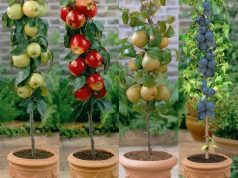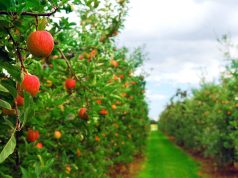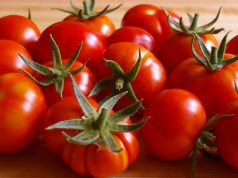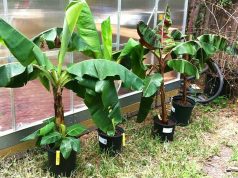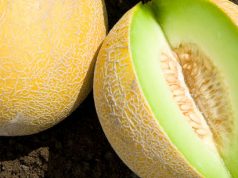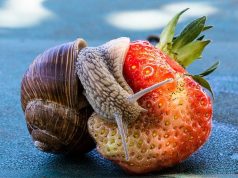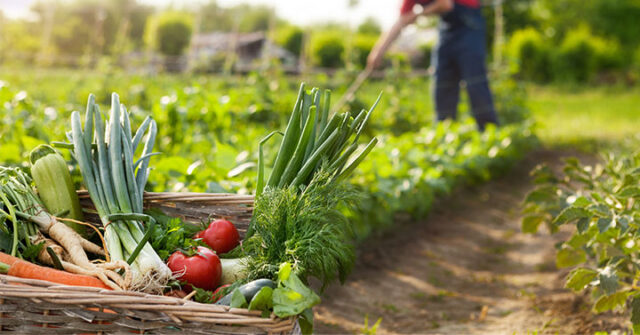
We all want to know that the food we consume is good for us. Growing fruits and vegetables without the use of pesticides is a sustainable and health-conscious approach that not only benefits our own well-being but also contributes to the overall health of the environment.
Pesticide-free cultivation methods prioritize natural solutions, integrated pest management, and soil health to foster robust plant growth while minimizing the negative impacts associated with synthetic chemicals. In this article, we will explore a range of techniques and practices that allow for the successful growth of fruits and vegetables without relying on pesticides. This way, we can enjoy our roasted asparagus, flank steak, and grenache rosé without worrying about the impact of chemicals on our health.
1. Crop Rotation and Companion Planting
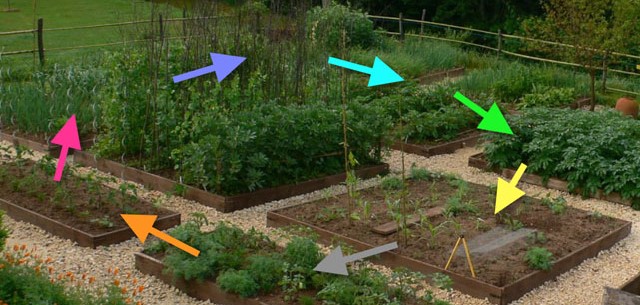
Crop rotation involves systematically changing the location of different crops in the garden from season to season. This practice disrupts the life cycles of pests and diseases that are specific to certain crops. It also helps maintain soil health and fertility. Companion planting involves growing different plants together that have mutually beneficial relationships. For example, planting marigolds alongside tomatoes can deter certain pests due to their natural pest-repelling properties.
2. Integrated Pest Management (IPM)
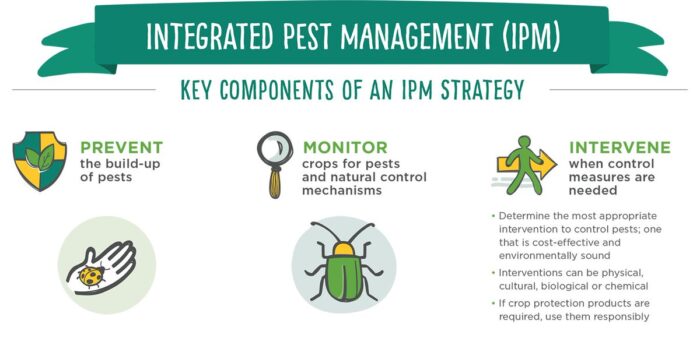
IPM is a holistic approach that combines various strategies to control pests effectively. It includes techniques such as introducing beneficial insects (like ladybugs and lacewings) that prey on harmful pests, using physical barriers like row covers, and employing traps to monitor and manage pest populations. By focusing on the entire ecosystem, IPM reduces the reliance on chemical pesticides.
3. Soil Health Management
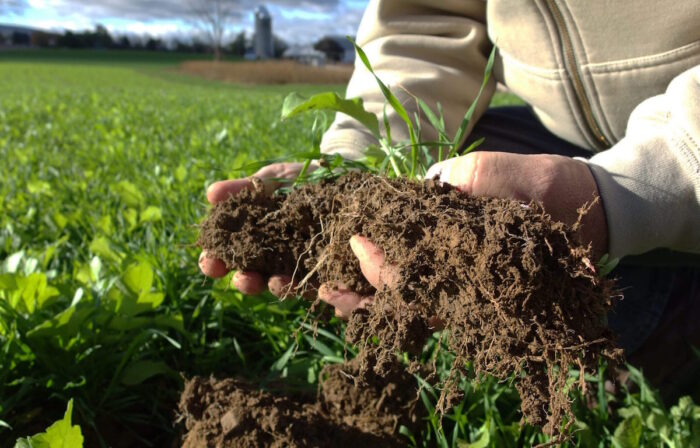
Healthy soil forms the foundation of a productive garden. Amending the soil with compost, organic matter, and other natural fertilizers helps plants grow strong and resilient, making them less susceptible to pests and diseases. A thriving soil ecosystem also supports beneficial microbes that can suppress harmful pathogens.
4. Natural Predators and Beneficial Insects
Introducing natural predators and beneficial insects to the garden can help control pest populations without resorting to chemical solutions. Ladybugs, praying mantises, and parasitic wasps are examples of beneficial insects that prey on pests. By creating a welcoming habitat for these insects, you can establish a natural balance that keeps pest populations in check.
5. Mulching
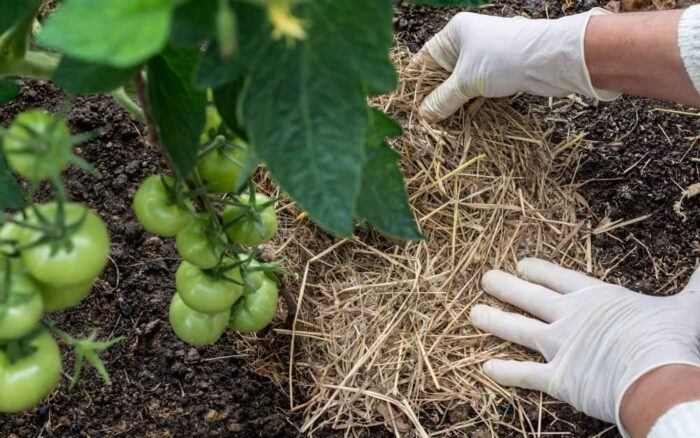
Mulching involves covering the soil surface with materials like straw, leaves, or wood chips. Mulch helps retain moisture, regulate soil temperature, and suppress weed growth. Additionally, certain types of mulch can create an environment that is less favorable for pests, helping to reduce their presence around your crops.
6. Companion Planting and Repellent Plants
Certain plants naturally repel pests due to their strong scents or chemical compounds. For example, planting garlic and onions can help deter aphids and other insects. Herbs like basil and mint are known to repel flies and mosquitoes. By strategically incorporating these repellent plants, you can create a more pest-resistant garden environment.
7. Handpicking and Pruning
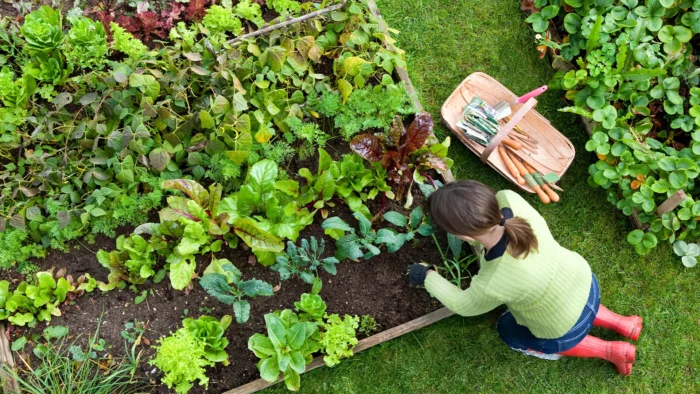
Regular inspection and handpicking of pests can be an effective method of pest control, especially in small gardens. Removing affected leaves, flowers, or fruits and promptly disposing of them can help prevent the spread of diseases and reduce pest populations.
8. Organic Sprays and Solutions
Natural and organic sprays made from ingredients like neem oil, soap, garlic, and chili pepper can be used to create homemade solutions for pest control. These sprays are generally less harmful to beneficial insects and the environment compared to synthetic pesticides.
9. Disease-Resistant Varieties
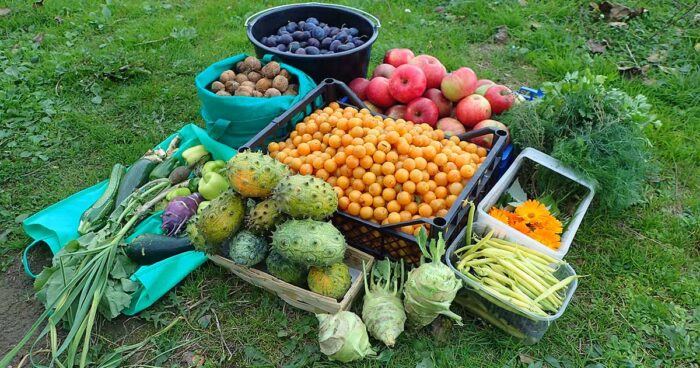
Choosing disease-resistant varieties of fruits and vegetables can significantly reduce the need for chemical treatments. Many plant breeders have developed cultivars that possess natural resistance to common pests and diseases, providing a more resilient option for gardeners.
Growing fruits and vegetables without pesticides requires a shift toward more holistic and nature-oriented practices. Crop rotation, integrated pest management, soil health management, and the use of natural predators are just a few of the strategies available to gardeners. By fostering a balanced ecosystem and embracing these pesticide-free approaches, we can enjoy the benefits of wholesome produce while contributing to the long-term health of our environment. As we continue to explore and refine these techniques, we move closer to a sustainable and harmonious coexistence with nature.
Embracing pesticide-free practices also aligns with the growing demand for organic produce in the market. As consumers become more conscious of their health and the impact of their choices, they are seeking out fruits and vegetables cultivated through natural methods. This shift is not only a response to health concerns but also a commitment to supporting sustainable agricultural practices that contribute to the longevity of our planet. Ultimately, the endeavor to grow fruits and vegetables without pesticides transcends individual gardens, resonating with global efforts to foster a healthier, more resilient, and pesticide-free future.

